Today's portable consumer electronic products such as mobile phones, smart phones, PDAs, and media players all have very rich features and functions. These products are available in high, medium and low end, and their performance levels and volume sizes are also different. Overall, portable applications are getting smaller and smaller in size, more feature-rich, and higher in performance, but power consumption has remained high.
There are countless examples, such as high-resolution cameras for camera phones with more than 3 million pixels, single high-power flash LEDs with a current of more than 1A or xenon flashes in digital cameras, advanced audio or power amplifier systems in smart phones or media players, And the high-resolution LCD display that is equipped in most portable applications.
Designers face the challenge of meeting both static and dynamic power management needs. With the increasingly rich functions of portable products, the application has put forward higher requirements for single power supply, which leads to a significant increase in power consumption and a corresponding reduction in battery life.
In addition, analog and digital baseband processor units, central processing unit hosts, especially various new graphics and audio dedicated processors, are constantly improving in terms of advancedness and integration. With the increase of product functions, the integration of ICs has also increased, so more power rails are required, or higher power currents are applied to the same number of power rails.
Most portable consumer products use standard high-performance lithium-ion batteries (usually single-cell configurations). In view of the limited battery power, manufacturers have to make decisions in the following two situations, either to provide users with feature-rich applications but endure shorter battery life, or to sacrifice the application's feature richness to ensure a longer battery life . But today's consumers not only want high-end products, but also require batteries with a long service life.
Dynamic voltage scaling in portable systems (Vbat is greater than Vrail)
The most common voltage range in lithium-ion battery technology is 4.2V ~ 3.0V. New batteries or future chemical technologies will achieve voltages up to 4.5V on the one hand, and need to reduce the discharge cut-off voltage to 3V on the other hand. This means that the usable input voltage range becomes wider, so that more voltage rails can be added in this range.
Today's system voltage rails are usually lower than 3V (such as processor core power, I / O power and memory power) or higher than 5V. These voltage rails are usually generated by other sources such as discrete LDOs or low-power DC / DC converters, multi-channel power management units (PMIC) or analog baseband (ABB) units. The power management design provides the necessary voltage rails, correct voltage and current levels for various processors. If the application switches to "off" or a predefined "power saving" mode, usually all processors and power management devices will enter light load or standby mode. In this way, the voltage level will be reduced and the current consumption will be minimized. In the best case, each IC consumes only a few uA of current. The above situation is static. Once the power management design is completed, the possibility of the voltage rail being affected is extremely small.
The recently launched discrete low-power step-down DC / DC converters and highly integrated multi-channel power management unit (PMIC) already have serial I2C interface capabilities. With the use of serial interfaces in discrete power management devices, the impact on the voltage rail will be further reduced. By combining software tools, processor control functions and a serial standard I2C interface, unprecedented high-performance information exchange between the digital unit and the analog power management IC is achieved. Real-time adjustment of voltage, current and power becomes a reality. In addition, software control of power management and monitoring can also be achieved, so there can be multiple power saving modes between the existing full load and the system standby mode.
The I2C interface has three different rate options: standard 100kbps, fast 400kbps, and high-speed 3.4Mbps. With discrete low-power DC / DC converters or PMUs, designers can now dynamically and accurately adjust the output voltage of discrete power management devices, and thereby adjust the core supply voltage of any processor unit. This design requires the use of fast DC / DC converters. For example, a converter with a switching frequency above 3MHz can ensure fast signal transient response. In addition, the low-power DC / DC converter or PMU should have different operating modes, such as PFM or forced PFM, in order to enter a certain work configuration through self-adjustment or through I2C control signals.
This design can accurately meet system performance requirements without sacrificing overall performance. Therefore, the power consumption of each operating condition or processor mode is minimized, thereby extending battery life, reducing device heat generation, and enhancing overall system performance.
DC / DC converter and power management IC with I2C interface
For example, the single-channel low-power DC / DC converter TPS62350 can support all three I2C speed modes. The step-down converter with a miniature 12-ball grid chip scale package (CSP) can provide an output current of up to 800mA within an input voltage range of a single lithium-ion battery with an efficiency of up to 90%. Using the I2C interface, the output voltage can be adjusted to support the latest generation of processors and power rails with a "small step size" of 12.5mV and a minimum output voltage of 0.6V. Programmable DC / DC converters help to extend the battery life of 3G smart phones, PDAs, digital cameras and other portable applications.
Another way to reduce power consumption with the help of an I2C interface is to use devices like the TPS65020. This highly integrated PMIC has six output channels, three low-power DC / DC converters, and three LDOs with an efficiency of up to 97%.
I2C can dynamically adjust and measure the output voltage of the main DC / DC converter that normally powers the processor core. The other two DC / DC converters can be used to power I / O power supplies, memories, or other power rails. In addition, I2C can also switch different building blocks (such as all three LDOs or DC / DC converters on the IC) between "on / off" to reduce the power consumption and heat generation of the entire PMU. "Turning off" different building blocks can also dynamically reduce quiescent current consumption.
Another method is to use the preset output voltage of the DC / DC converter. The TPS62400 is a dual-channel buck converter. The device does not have an I2C interface, but has a single-wire interface called "Easyscale". Through Easyscale, we can access and change the predefined output voltage stored in the device EEPROM during operation. According to the selected output voltage range (0.7V ~ 6.0V), the voltage step (Voltage step) can be as small as 25mV, 50mV or 100mV.
In short, dynamic voltage measurement can reduce overall power consumption, optimize system performance and extend battery life. The voltage size, frequency, and power budget can be dynamically controlled according to device activities, operating modes, and temperature changes to make the power supply system more flexible.
Buck-boost DC / DC converters in portable systems (Vbat equals Vrail)
On the other hand, camera modules, audio amplifiers, memory cards, and other subsystems require a power supply voltage several times that of 3.1V, 3.3V, or 3.6V. When the battery voltage exceeds the target voltage rail, according to the definition, the power supply power level needs to reduce the battery voltage; otherwise, the battery voltage is increased. There are multiple solutions
This problem, such as SEPC, reverse converter (Flyback Converter) or cascaded step-up and step-down converter. Each solution has its own advantages and disadvantages, but neither can achieve the smallest volume and the highest efficiency at the same time.
The latest solution is a recently launched TPS63000, a highly integrated step-down DC / DC converter. The converter has 4 integrated main power FETs combined with a unique control design. Since the efficiency reduction problem of the existing solution is solved, when the battery voltage is the same as or close to the output voltage (Vbat = Vrail), the optimized efficiency can be up to 96%. what does this mean? First, compared with existing solutions, its efficiency is improved by 2% to 6%; second, more importantly, this efficiency advantage can be reflected in the entire battery voltage range.
In this way, the maximum utilization of the battery capacity is achieved, thereby significantly extending the battery life, and ultimately bringing long system / application working time and standby time.
The second important issue to be discussed is to minimize the volume. The integrated converter is packaged in a 3x3mm2 QFN, which is the same size as the 2.2uH inductor. To reduce the number of passive components, the output voltage (such as 3.3V) can be preset to reduce the total number of components to 4: IC + inductor + 2 capacitors.
Summary of this article
Power management for portable applications is moving towards higher efficiency, smaller size, and more flexibility. With the introduction of new interface functions, new control schemes, fast control of power rails, and communication between digital processors and their analog power management components will be comprehensively improved.
The real-time adjustment of the power budget, the adjustment of the processor's power saving scheme and the optimization of the voltage rail under load conditions will make the battery more intelligent. This is very helpful to improve the application time and battery life, and significantly extend the standby time, talk time or playing time under the premise that users use all the functions of the system.
OTG USB Flash Drive is one serial of USB flash drive,which is hot selling right now and widely used on different mobiles,including Iphone and all smart phones which can support OTG function.More and more people choose it since it is quite small and very easy to take with.
There are mainly 4 kinds of OTG USB flash drive as below:
1. 2 IN 1 USB flash drive with micro(or Android)
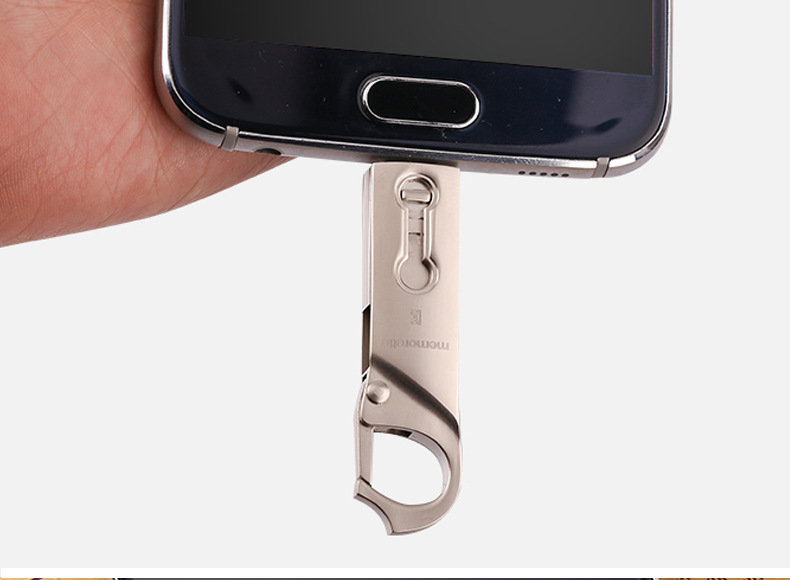
2. 2 IN 1 USB flash drive with type C.

3.2 IN 1 USB flash drive with lighting for Iphone.
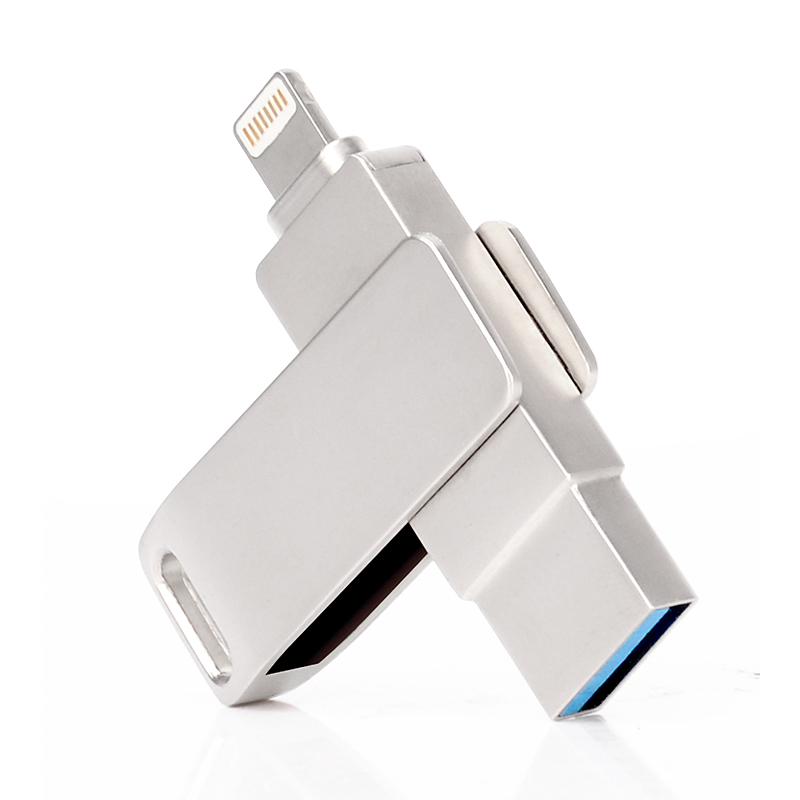
4.3 IN 1 OR 4 IN 1 USB flash drive with lightning/micro/USB C.
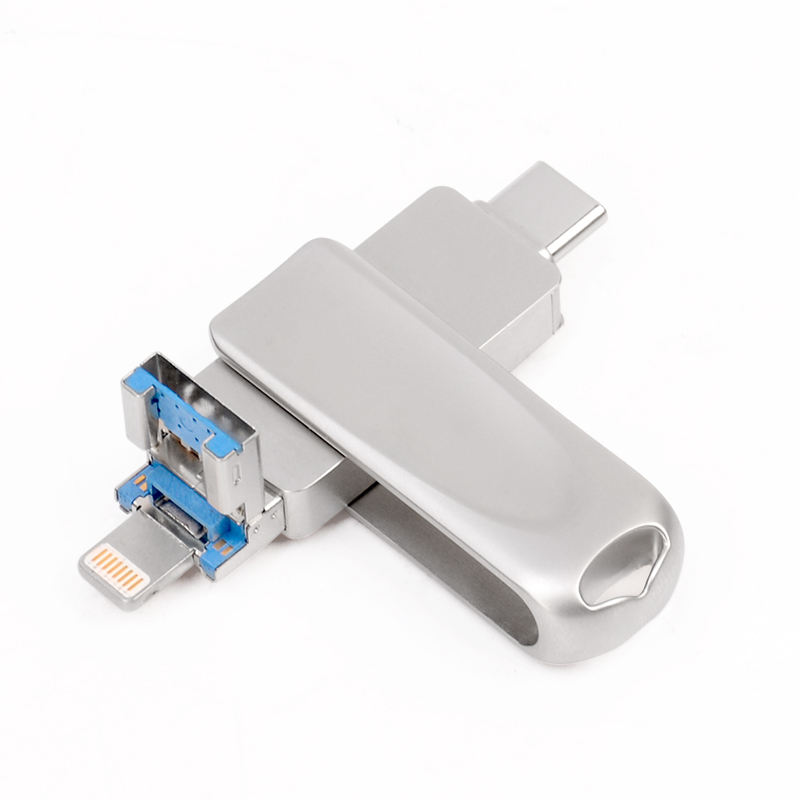
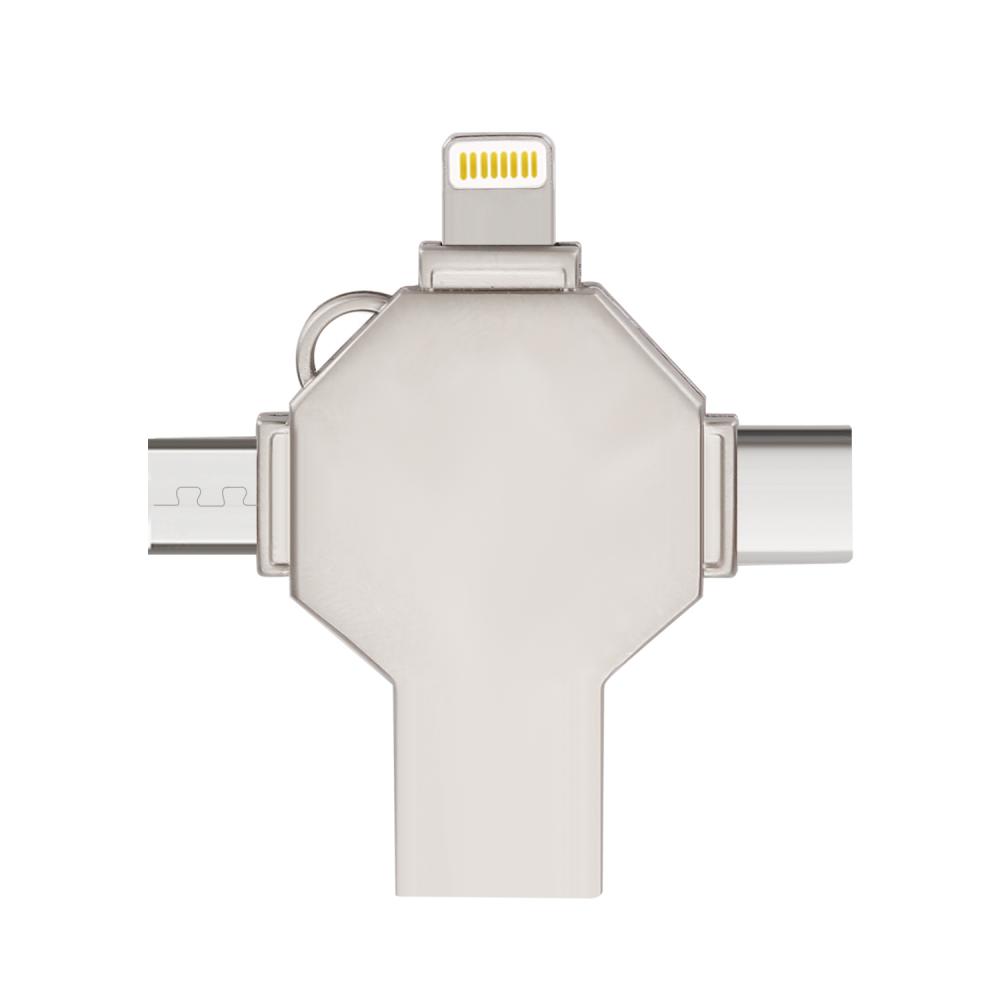
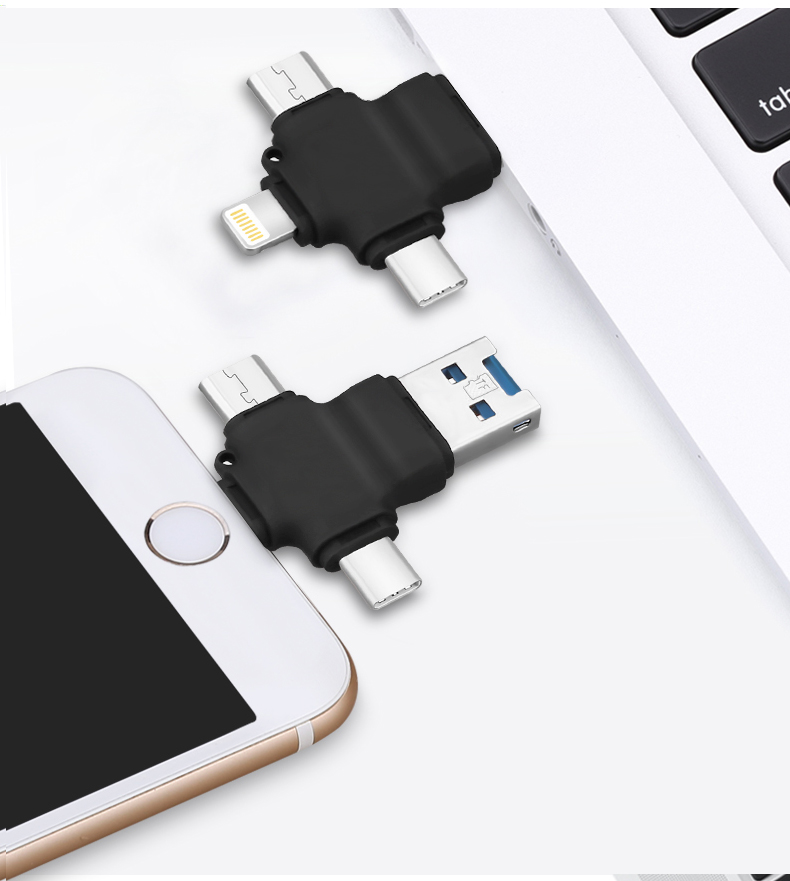
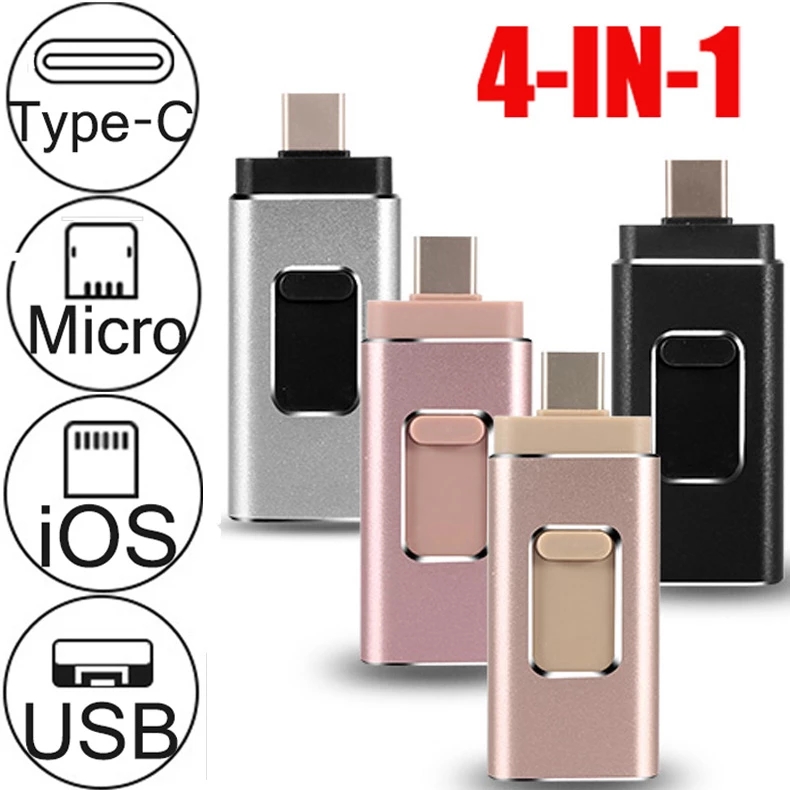
Most OTG USB flash drives start with 8GB until 256GB.You may also look for 1TB 2TB OTG USB memory stick but you will find the 1TB 2TB OTG USB flash drive you bought not working soon when you want to save more and more files,or even some files are missing.Why? Because they are not real full capacity!
We only do real full capacity as promised,and no upgrade or fake capacity from us.
otg usb flash drive, otg usb flash drive for apple iphone, best 3 in 1 usb flash drive,best type c usb flash drive,4 in 1 usb memory stick
Shenzhen Konchang Electronic Technology Co.,Ltd , https://www.konchang.com